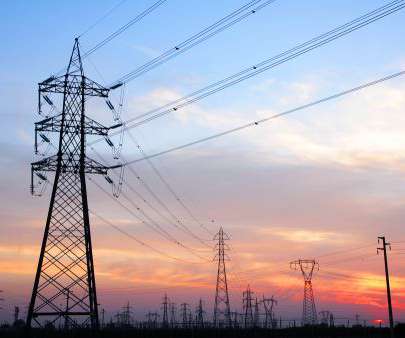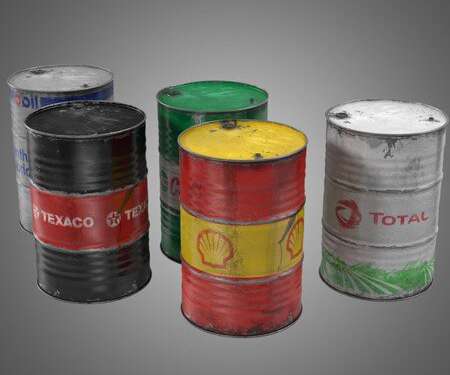New York?s Energy Transition (and Challenges) in 5 Charts
GreenTechMedia
JUNE 10, 2020
percent in 2018, and hitting 100 percent zero-carbon emissions by 2040. That leaves a massive gap to be filled by clean energy, since more than half of the state’s carbon-free emissions today come from nuclear power, as shown in the chart below. Source: NYISO. Source: NYISO.















Let's personalize your content